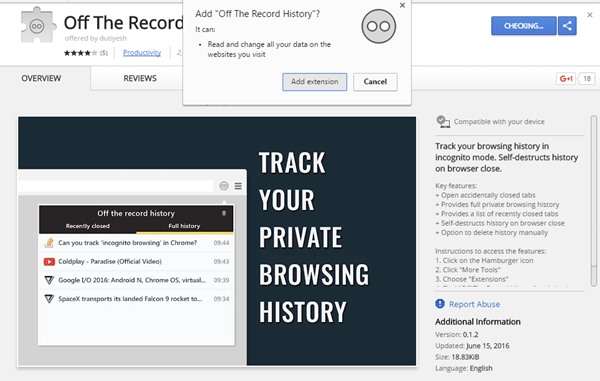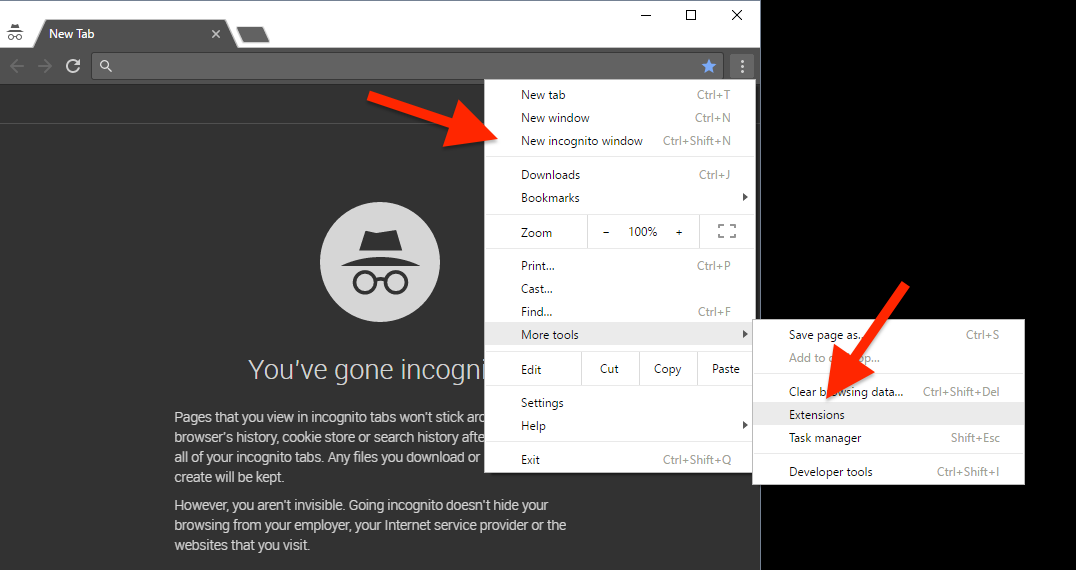


If you share a device, it’s a useful way of keeping your most personal online meanderings to yourself. That could be anything from gift shopping to looking up health conditions, or searching for media that wouldn’t be suitable for other members of the household. This makes it ideal for looking up anything you’d rather not inadvertently share with other users of that device. While Incognito mode doesn’t provide cast-iron privacy, it leaves minimal traces of what you’ve been reading on the device you’re using.

Caches (temporarily stores) images and other media assets to RAM rather than to your hard disk.Does not automatically sign you into any of your Google or Chrome user accounts.Does not save visited sites or search strings to your browsing history.To do so search for filessystem in incognito or search this address: chrome://flags/#enable-filesystem-in-incognito.Unlike a standard Chrome session, Incognito mode takes the following measures to protect your privacy: Luckily there's a way to continue using Incognito mode while still access these blocked sites. Many website will block users who are using Incognito mode. N.B.: Keep in mind that your IP address is also registered when you surf the web, even if in Incognito mode, so there is a trace of the pages visited unless you use a VPN.
To delete it, on the same screen type ipconfig / flushdns and press enter. Now you will have access to you internet history. On the next screen enter: ipconfig/displaydns, and then click the enter. In the pop-up window that opens, enter cmd and press OK. You can also access it using the Windows + R command. First go to the Run menu by typing Run in the search bar. If you're using a Windows PC, you can access the entire DNS record of internet actions, including while in Incognito mode.


 0 kommentar(er)
0 kommentar(er)
